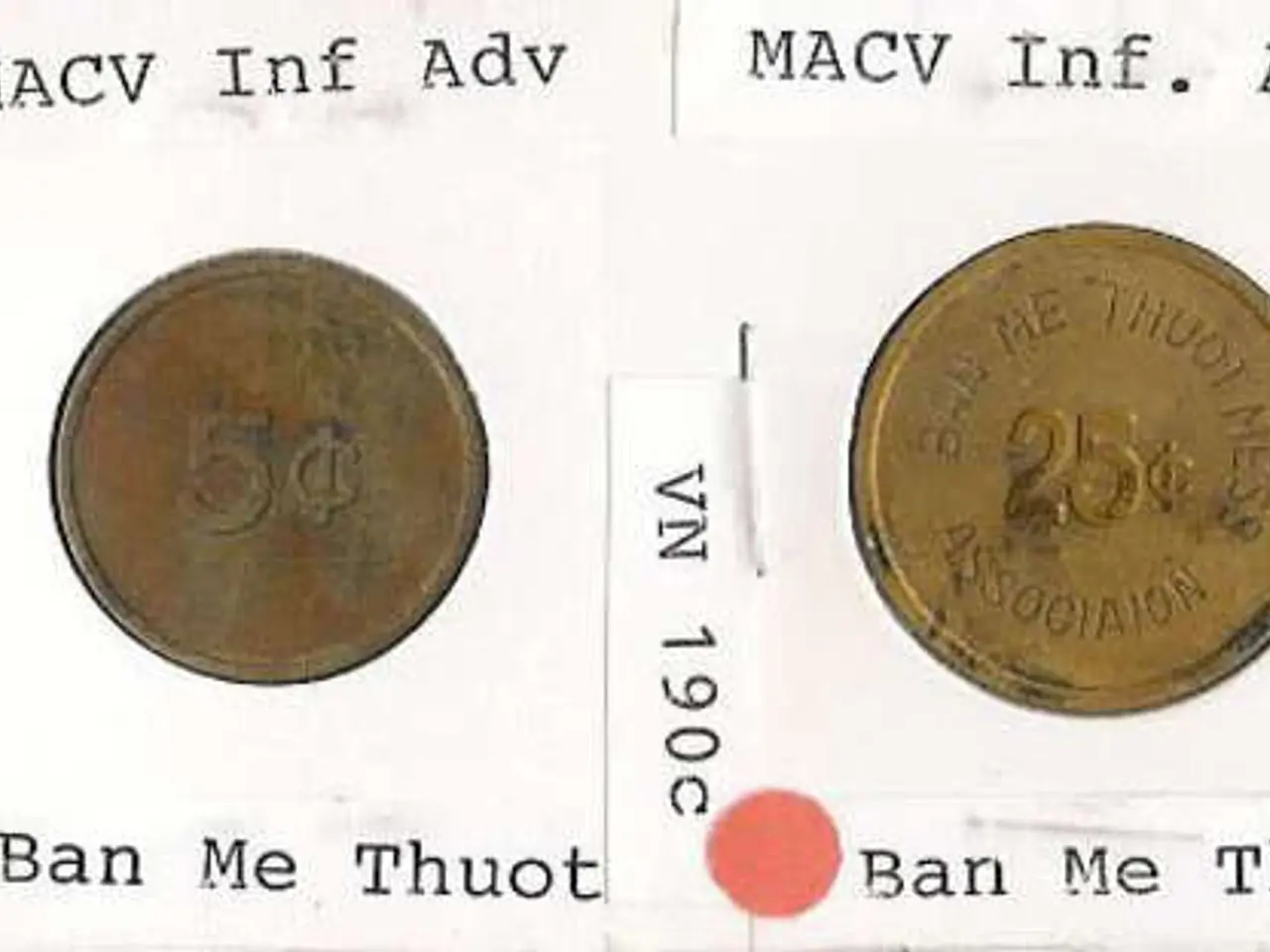Water Pollution Crisis at Camp Lejeune: A Comprehensive Look
Camp Lejeune Water Contamination Scandal: Ongoing Legal Battles and Compensation Efforts
A historic water contamination scandal unfolded at the U.S. Marine Corps base in North Carolina, Camp Lejeune, between 1953 and 1987. During this timeframe, hazardous chemicals infiltrated the base’s water supply, exposing hundreds of thousands of military personnel, their families, and civilian workers to toxic substances. This exposure resulted in a wide variety of acute and chronic health problems, spurring outrage and ongoing legal battles.
Tragedy Unfolds at Camp Lejeune
To understand the severity of the water contamination, it is crucial to trace its origins. A combination of factors contributed to the crisis, including improper disposal of industrial solvents, leaks in underground storage tanks, and waste from nearby facilities. Investigations revealed that the water supply was contaminated with hazardous chemicals such as trichloroethylene (TCE), perchloroethylene (PCE), benzene, and vinyl chloride - all recognized carcinogens and detrimental to human health. Test results illustrated that the levels of these toxins far surpassed the safety standards established by environmental and health agencies.
Health Consequences of Tainted Water
The consequences of exposure to contaminated water at Camp Lejeune are profound, with numerous chronic illnesses and severe health conditions linked to the contamination. Of particular concern are cancers such as leukemia, bladder cancer, liver cancer, and kidney cancer, neurological disorders like Parkinson’s and ALS, and birth defects, miscarriages, and infertility affecting families stationed or working at the base. Numerous studies and reports have established the connection between these health issues and the water contamination. The Agency for Toxic Substances and Disease Registry (ATSDR) has been instrumental in identifying these links, highlighting the associated health risks.
Government Response and Legislative Actions
The contamination came to light in the early 1980s, but it took years for affected individuals to receive notification of the health crisis. By that time, many families and workers had already suffered severe health consequences.
In response to the crisis, Congressional actions were taken to address the situation, with significant milestones being the Honoring Our PACT Act and the Camp Lejeune Justice Act of 2022. These measures offer health care access and filing opportunities for lawsuits relating to the damages caused by the contaminated water.
Unraveling Complex Legal Claims
The Camp Lejeune Justice Act has created a path for victims to seek compensation for their illnesses and losses. Generally, lawsuits fall into two categories – personal injury claims by individuals suffering health issues directly linked to contamination and wrongful death claims by families who lost loved ones due to contamination-related health conditions.
To file a claim, applicants must meet specific eligibility requirements, such as proving residency or employment at Camp Lejeune for at least 30 days between 1953 and 1987 and providing evidence of health issues attributed to the contaminated water. Key supporting documentation includes medical records, proof of residency or employment, and scientific studies connecting the illness to the contamination.
As of May 2025, the legal landscape for Camp Lejeune victims remains complex, with approximately 3,000 lawsuits filed and over 400,000 claims pending with the Department of the Navy. Nevertheless, progress is steady, with settlement discussions underway and structured settlements expected to materialize by the end of 2025.
Resources for Victims
Affected individuals have access to resources to aid them in navigating their medical and legal challenges. These include:
- Healthcare benefits for veterans and their families
- Legal support from specialized law firms
- Guidance on accessing benefits and filing claims from organizations like the ATSDR and veteran advocacy groups
In conclusion, the Camp Lejeune water contamination scandal has imposed devastating long-term effects on the health and well-being of thousands of individuals. Although legislative efforts and legal avenues have provided a path to justice, the crisis underscores the importance of government accountability and environmental safety.
Individuals affected by the contaminated water at Camp Lejeune are encouraged to explore their legal and medical options. Accessing available resources, seeking professional assistance, and staying informed can help victims secure the support they need to move forward.
- The Camp Lejeune water contamination brings together various fields including medical-conditions, health-and-wellness, lifestyle, and business, as affected individuals seek legal remedies and compensation for their suffering.
- The tragedy at Camp Lejeune sheds light on environmental-science issues, demonstrating the harmful effects of hazardous chemicals in the water supply and their impact on general-news.
- Education-and-self-development plays a crucial role in helping victims navigate their legal and medical challenges, with organizations providing guidance on accessing benefits and filing claims.
- The financial sector is heavily involved in the aftermath of the water contamination scandal, as affected individuals seek financial reparations through settlements and lawsuits.








